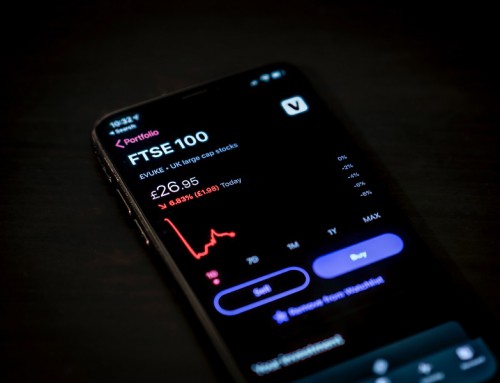Singapore recently released a much-anticipated strategic review by the Committee on the Future Economy (CFE), after more than a year of intensive research and consultations. Seven “mutually-reinforcing strategies” were identified:
- Deepen and diversify its international connections;
- Acquire and utilise deep skills;
- Strengthen enterprise capabilities to innovate and scale up;
- Build strong digital capabilities;
- Develop a vibrant and connected city of opportunity;
- Develop and implement Industry Transformation Maps (ITMs); and
- Enter into partnerships to enable growth and innovation.
An economic restructuring committee has been convened in 1986, 2003, 2010 and 2017 to map out the economic plans for Singapore. The 2003 report was business-friendly with key policy measures such as reduction of top corporate and personal tax rates, deferment of increases in the CPF contribution rate and loosening of immigration policy. The 2010 report was more anti-business in nature with gradual increase of CPF rates and tightening of immigration policies for productivity growth.
There is a lack of innovation in the 2017 report despite highlighting the need to be innovative. The 2017 report reinforces the 2010 report with a repeat call to drive innovation and creativity; helping incubators and start-ups; fostering entrepreneurship and collaboration between SMEs and MNCs.
We share key thoughts on the CFE report:
- Focus back to GDP growth and omission of productivity targets
The review highlighted a GDP growth target of 2-3% per year on average, a step-down of 3-5% in 2010. Productivity targets were removed in contrast to its previous emphasis in 2010. The omission of productivity targets could lead to some loosening of labour restrictions such as foreign worker levy.
Beneficiaries: labour-intensive F&B and offshore marine and construction companies.
- Build on digital economy
The CFE rightly recognise the importance of data as a “source of comparative advantage” and propose to build up strong digital capabilities. It seeks to accelerate the pace of adoption of digital technologies among SMEs and harness data as an asset.
Beneficiaries: SingTel and Keppel DC REIT.
- Enhancement of financial market infrastructure
For listed companies, CFE recommends that dual class share structures are permitted. This is to attract companies in high technology, bio pharmaceutical and life sciences industries that have a preference for such structures.
Beneficiaries: SGX
- Implement Industry Transformation Maps (ITMs)
The ITMs is a major strategy in realizing the CFE’s vision. The goal is to launch 23 ITMs, covering around 80% of the economy, by the end of FY2017. The ITMs seek to strengthen the competitiveness of Singapore’s industries and build up their capabilities at the industry level. Six high growth clusters with comparative advantage have also been identified and they include digital cluster, advanced manufacturing, hub services, logistics, urban solutions and infrastructure, and health care.
In conclusion, the CFE signifies a “status quo” mind-set among the policymakers who prefer predictability over boldness. There is a lack of careful examination on sacred cow policies that has resulted in a lack of competitiveness and innovation in Singapore. Predictability is an important strength but it is also the enemy of innovation in Singapore, something which the CFE is ironically pursuing.
Best regards
Elwyn Chan, CAIA
————————————–
CEO, Stirling Fort Capital Pte Ltd
391A Orchard Road #08-07 Ngee Ann City Tower A S238873
(A Registered Fund Management Company with MAS)
– Director, Stirling Fort ASEAN Real Estate Fund I SPC
– Director, Catalyst Stirling Fort Pharma Fund SPC
– Director, Stirling Fort Asia Income PLUS Fund






